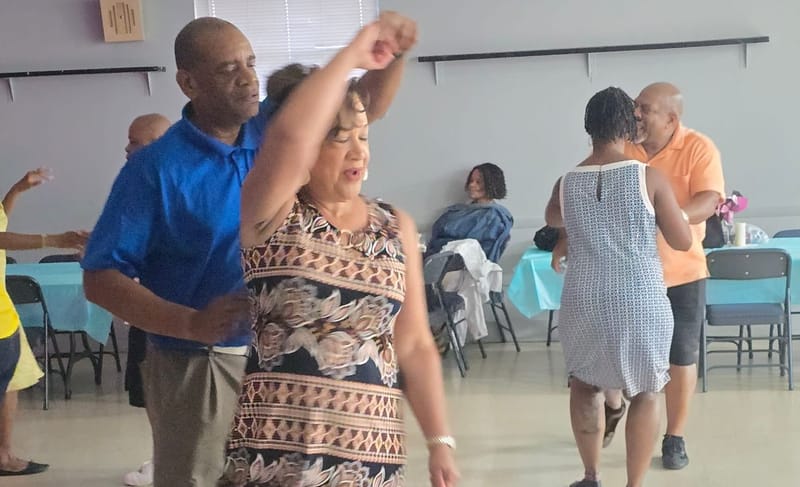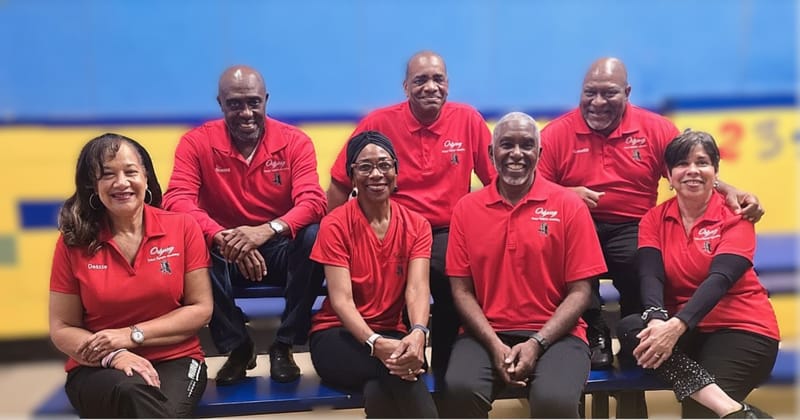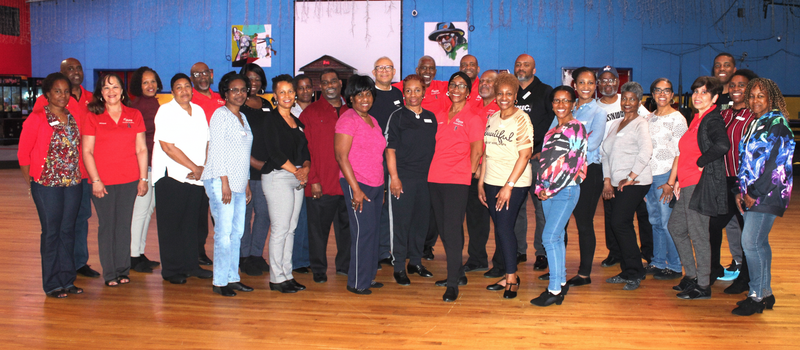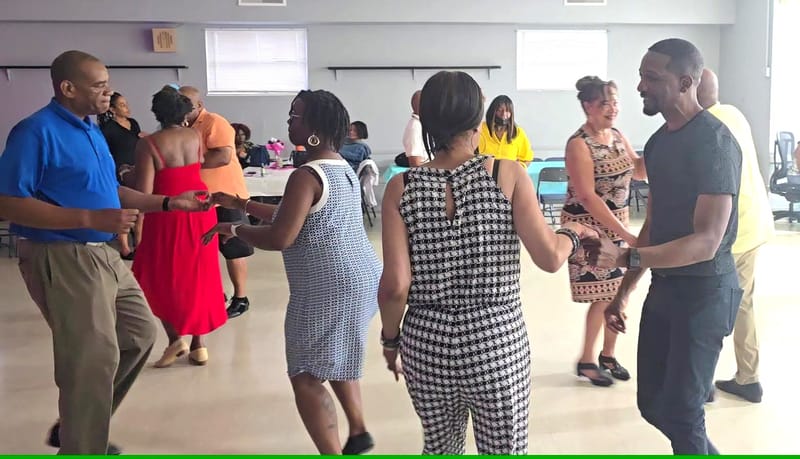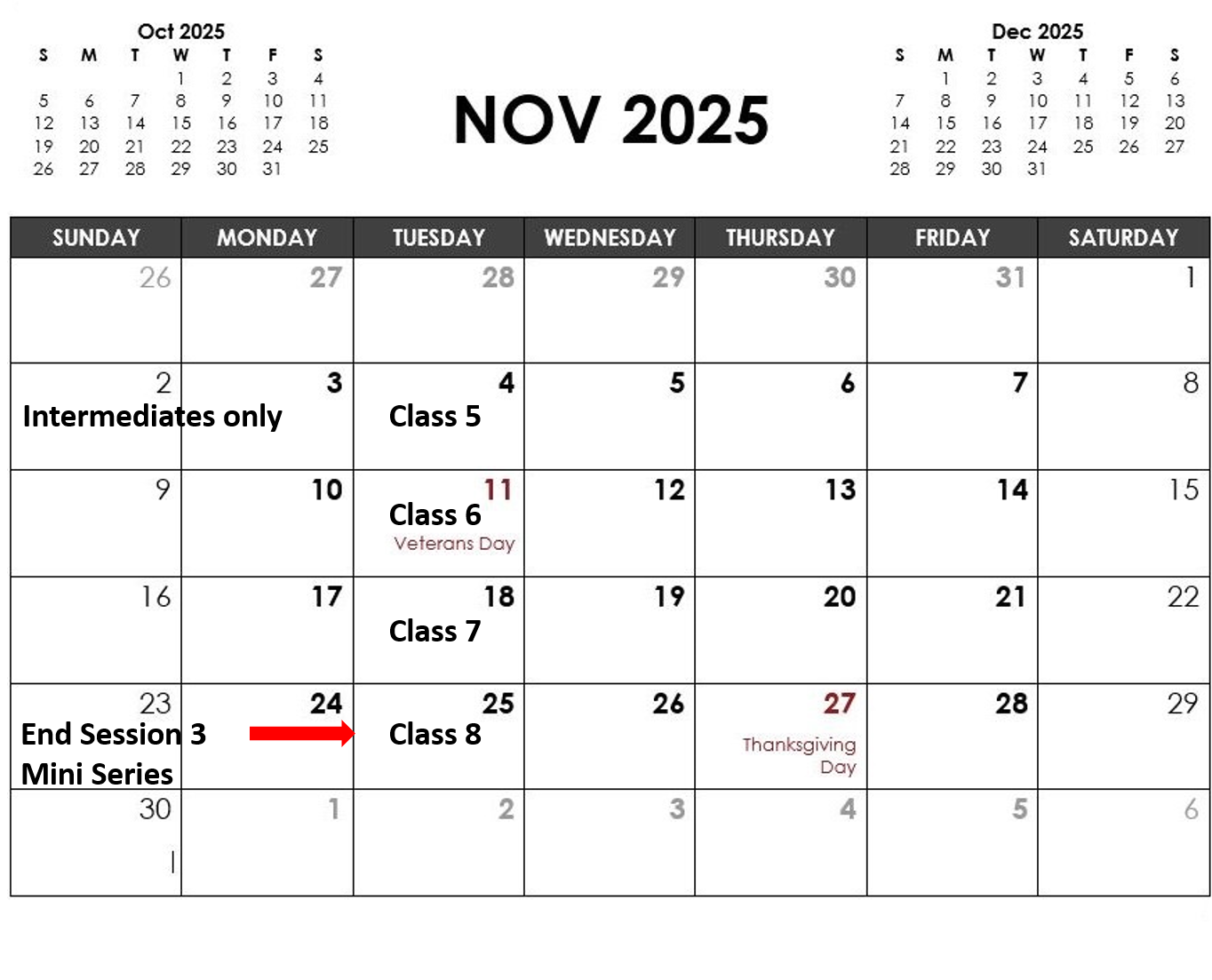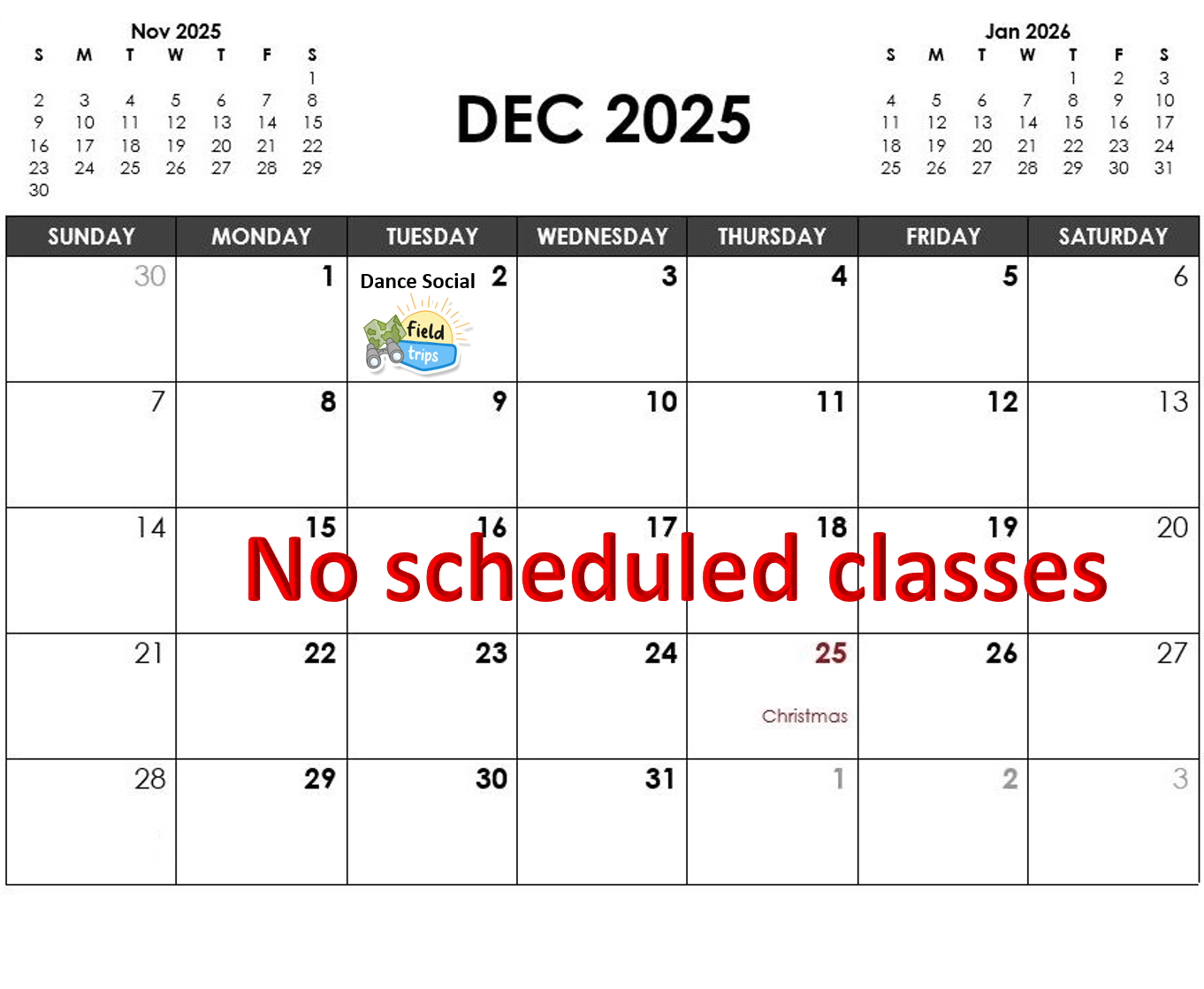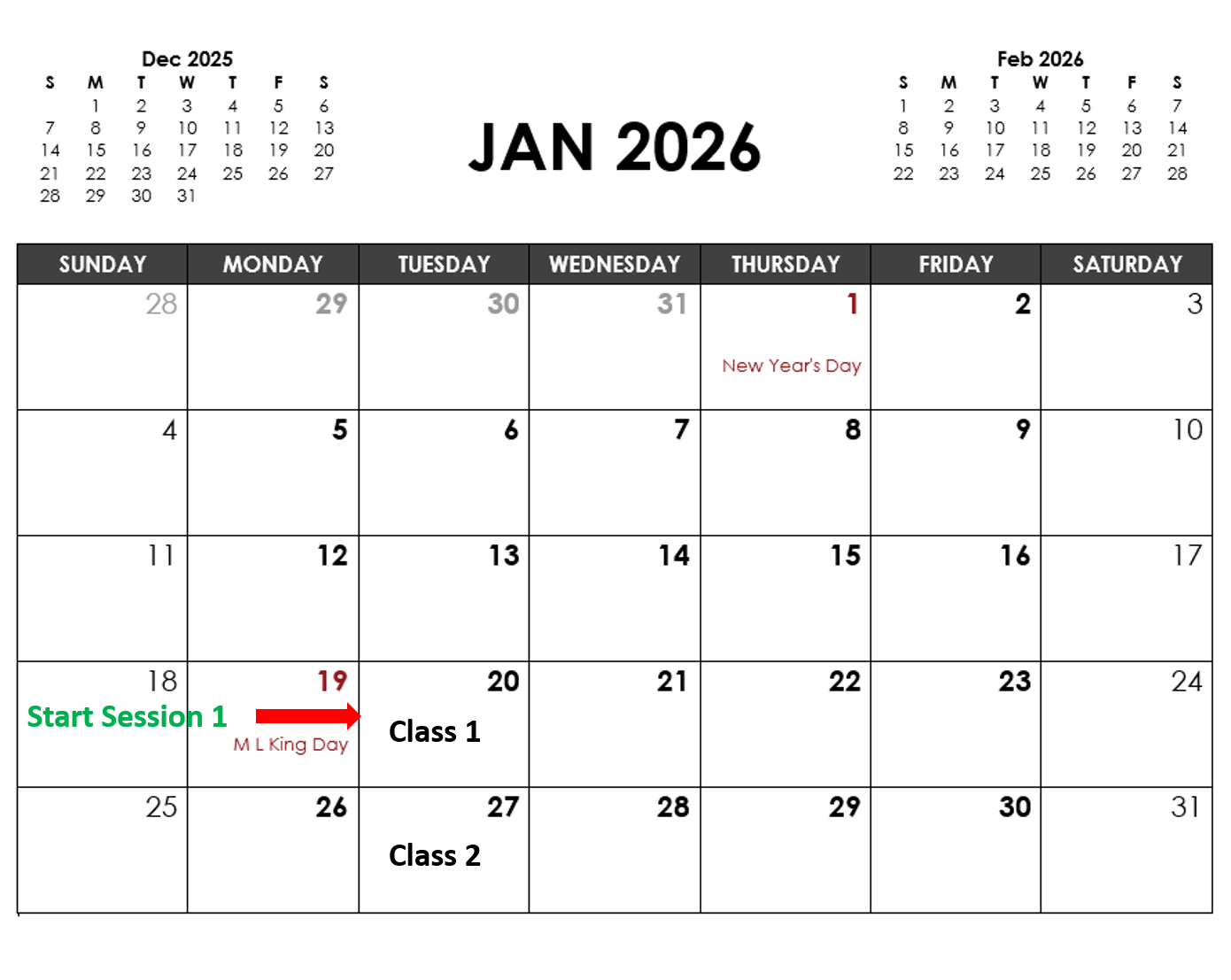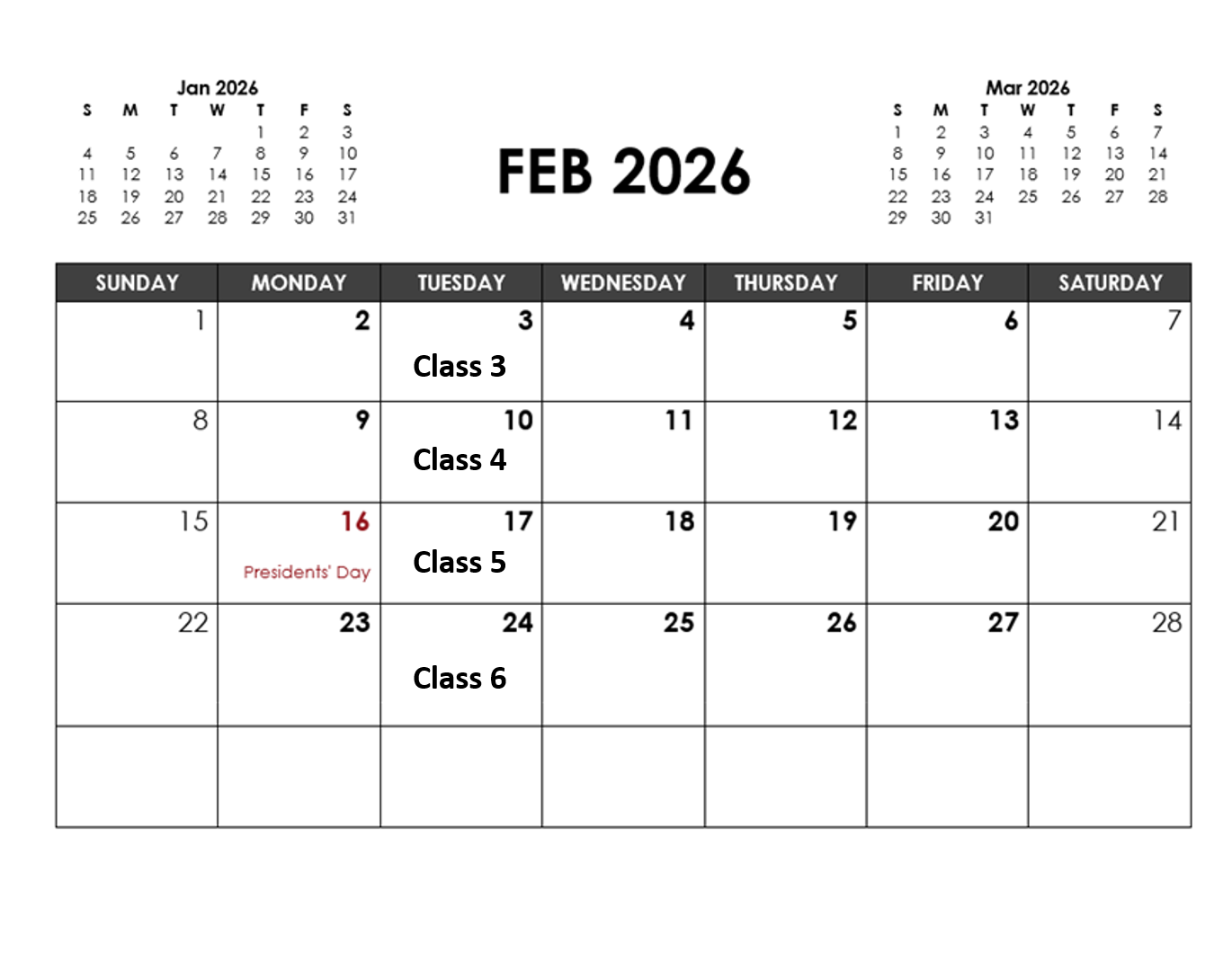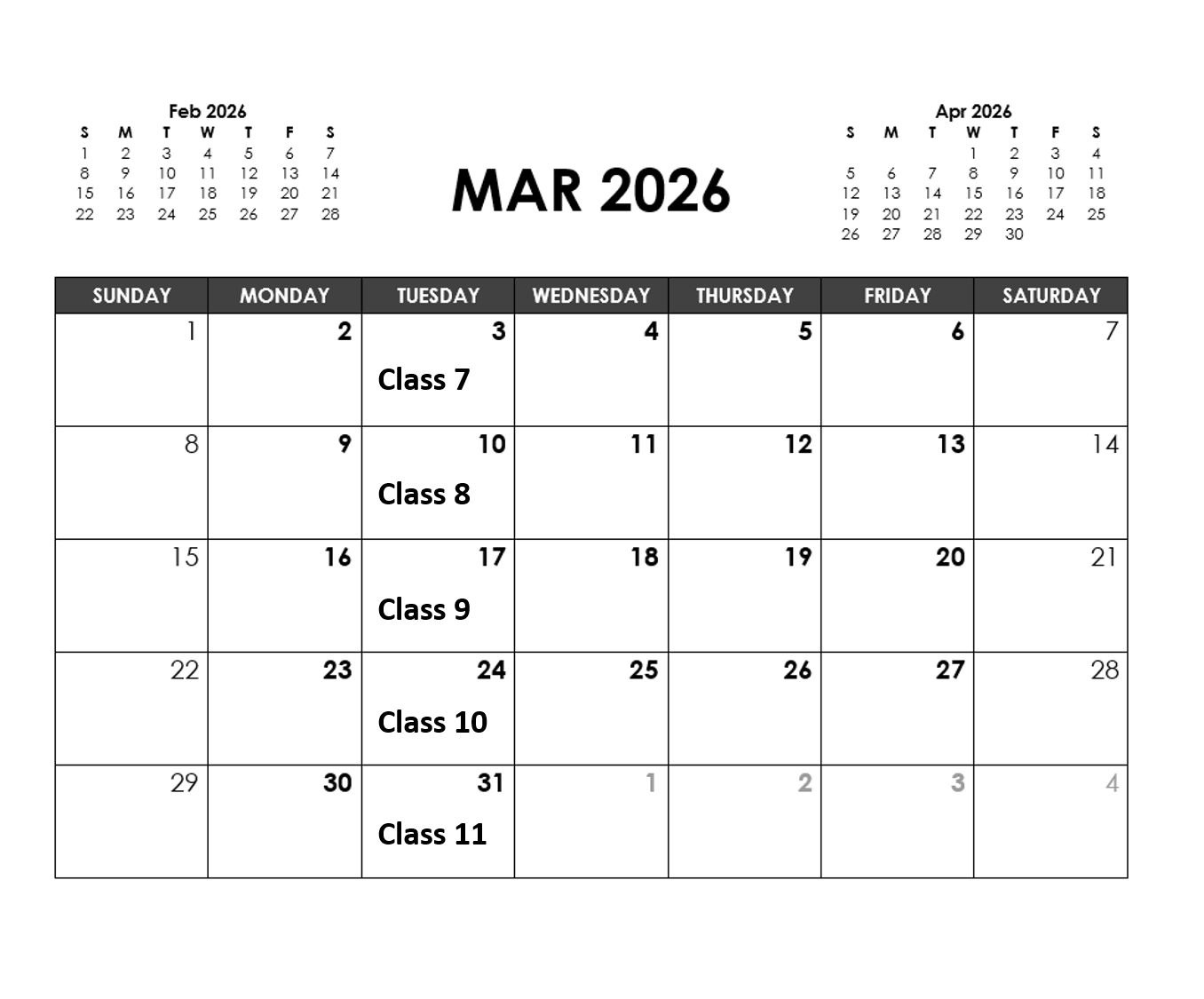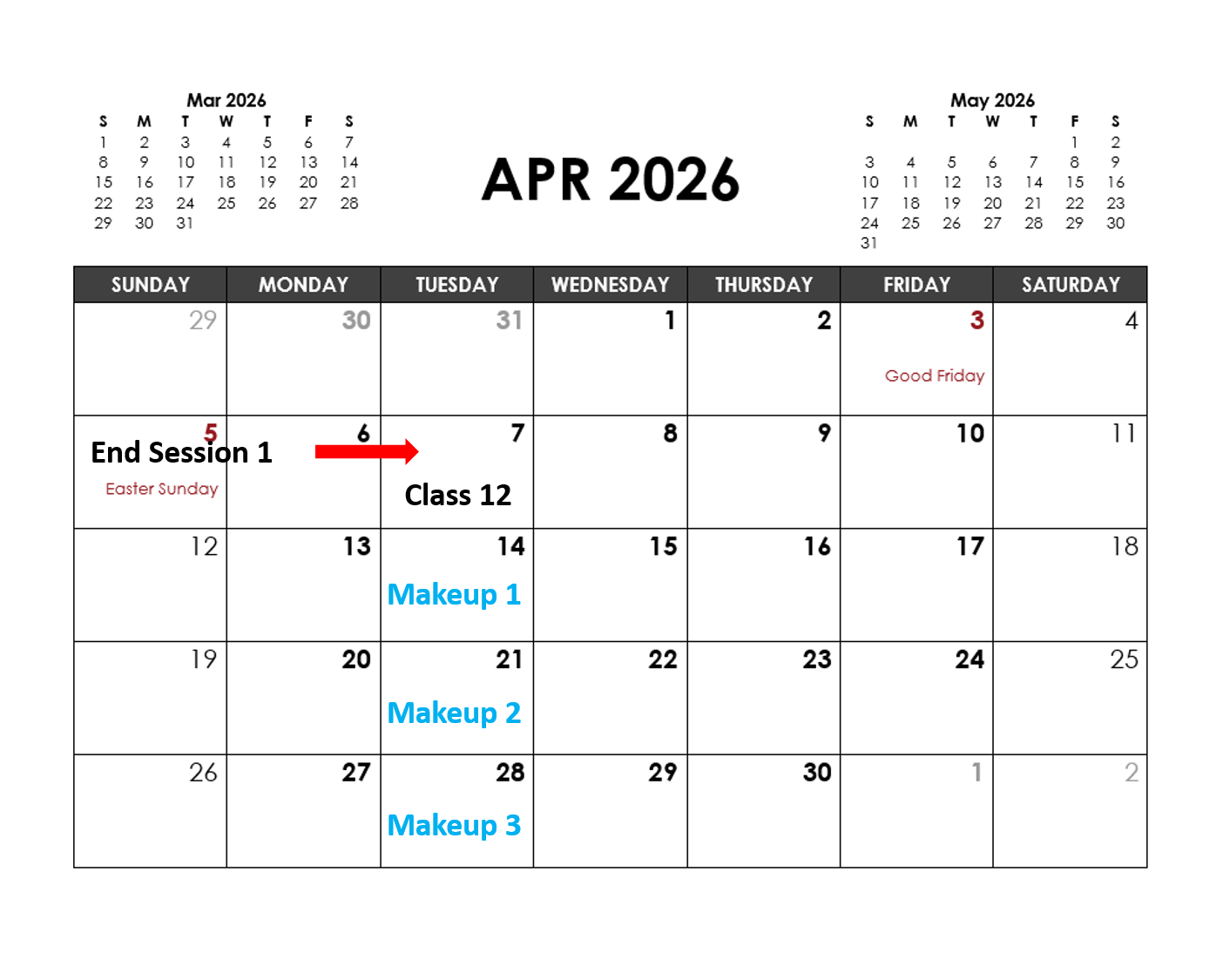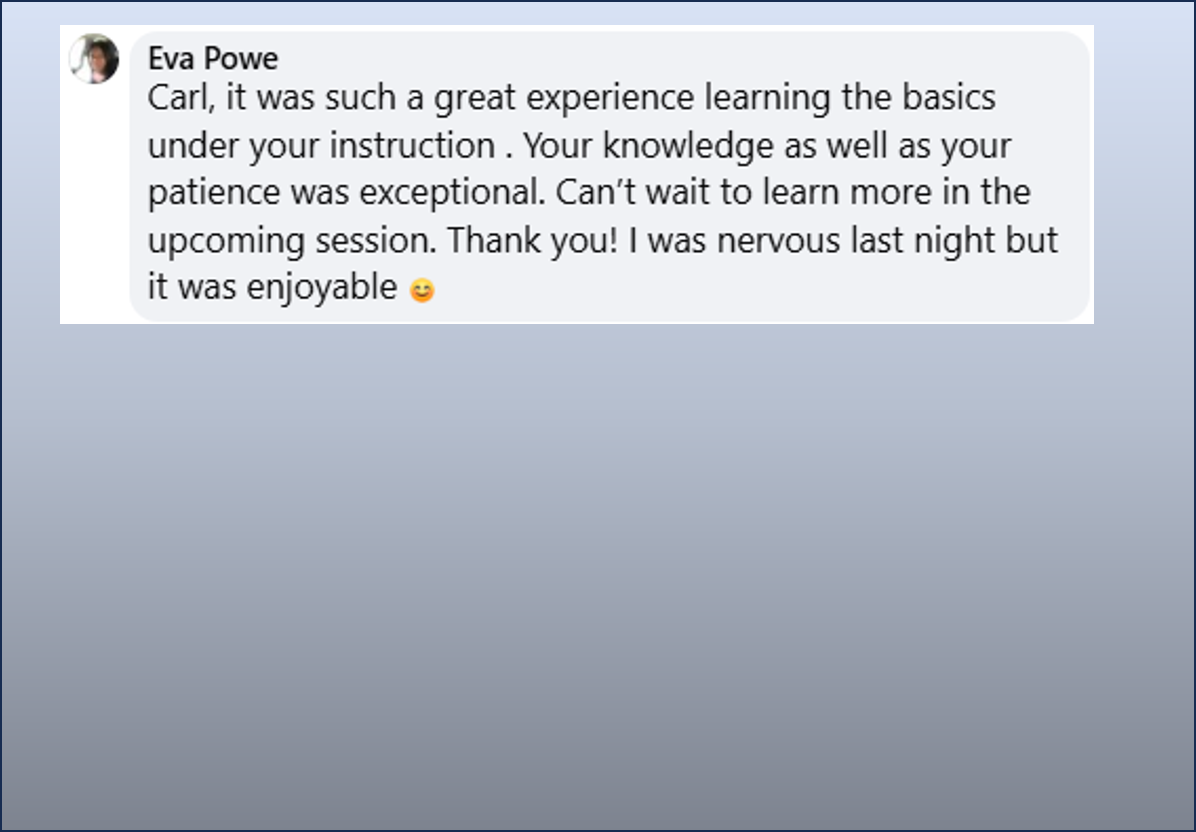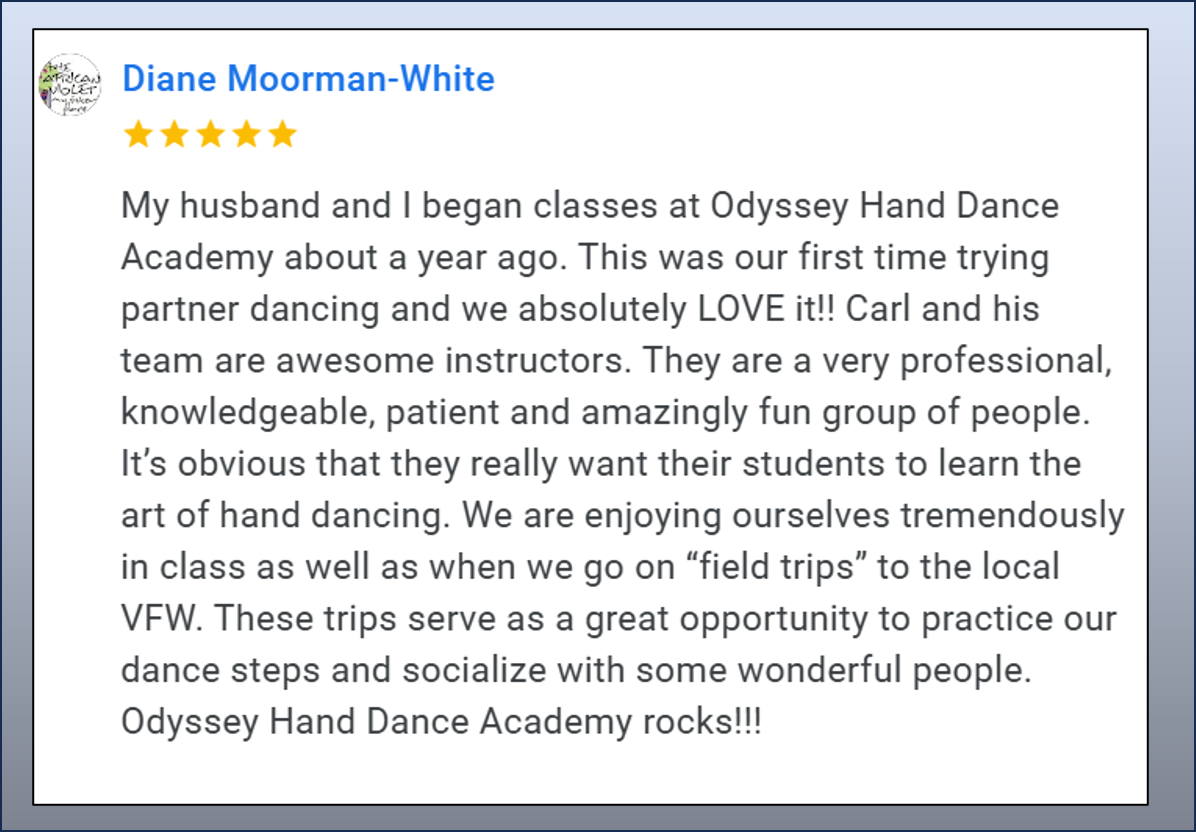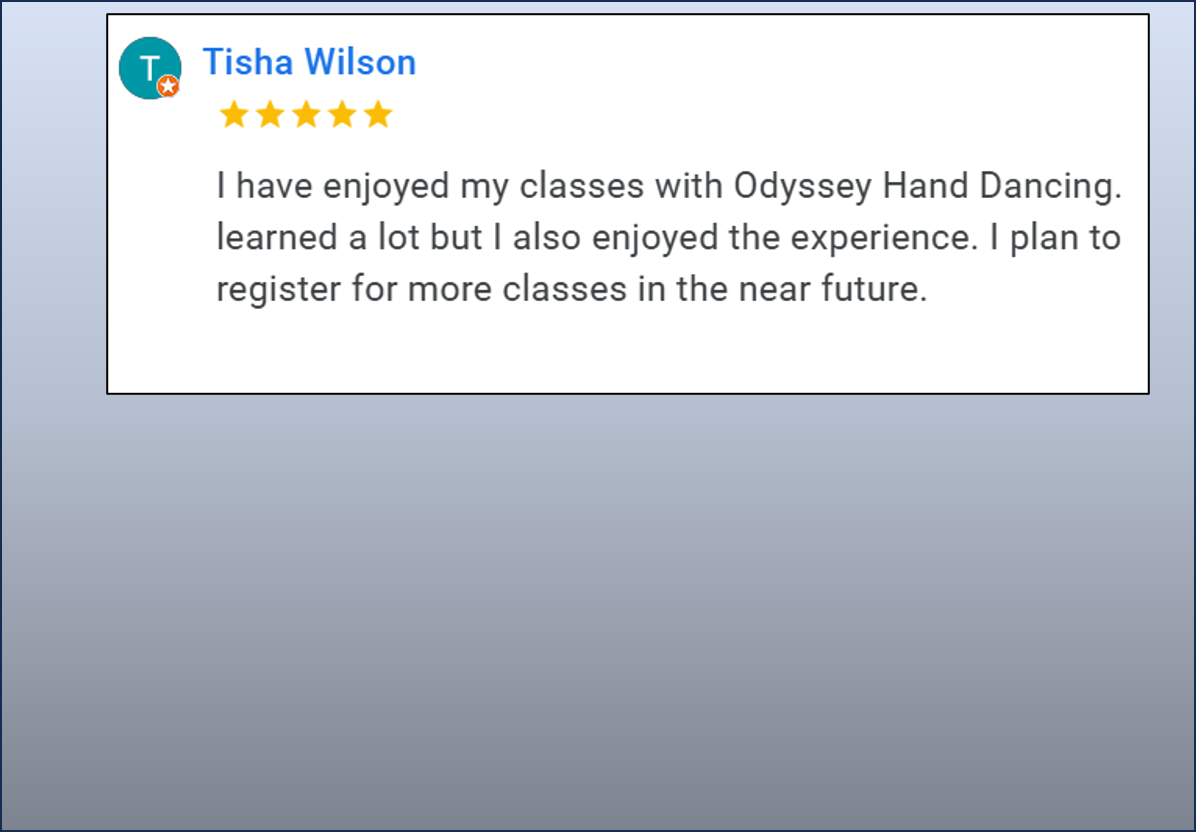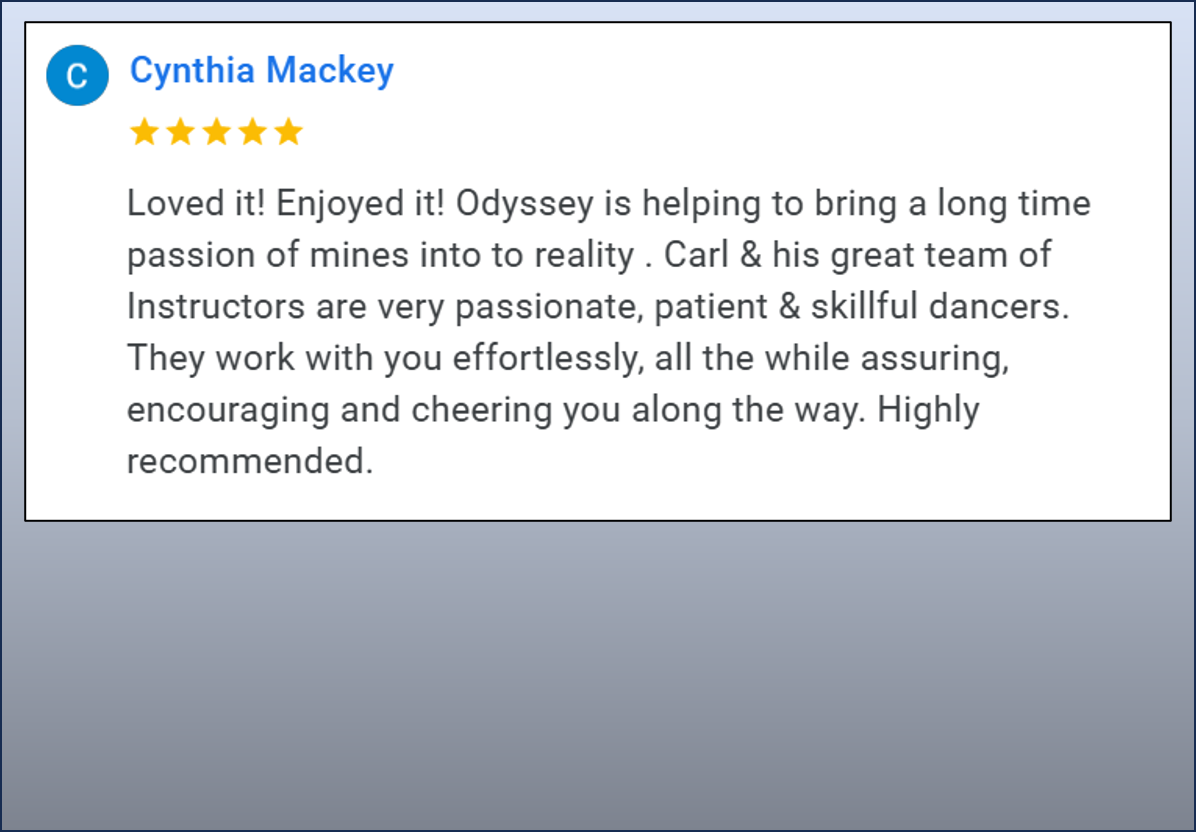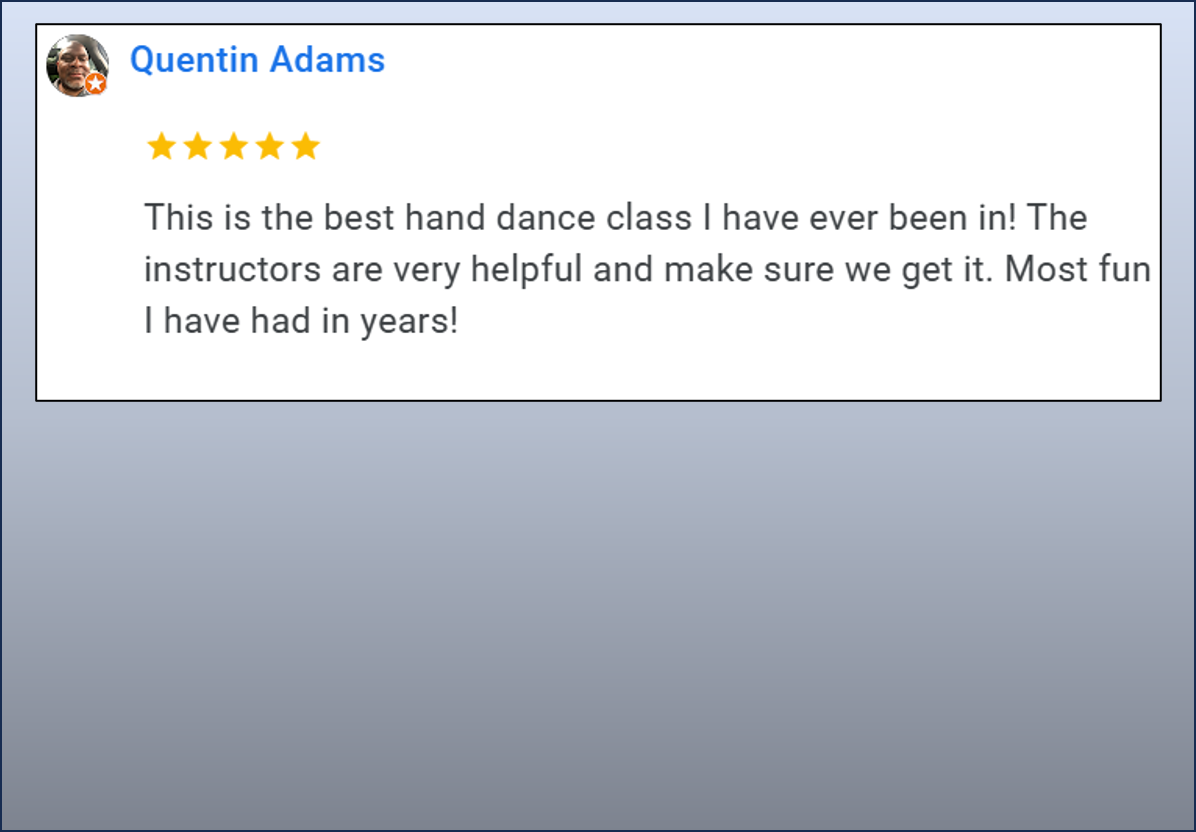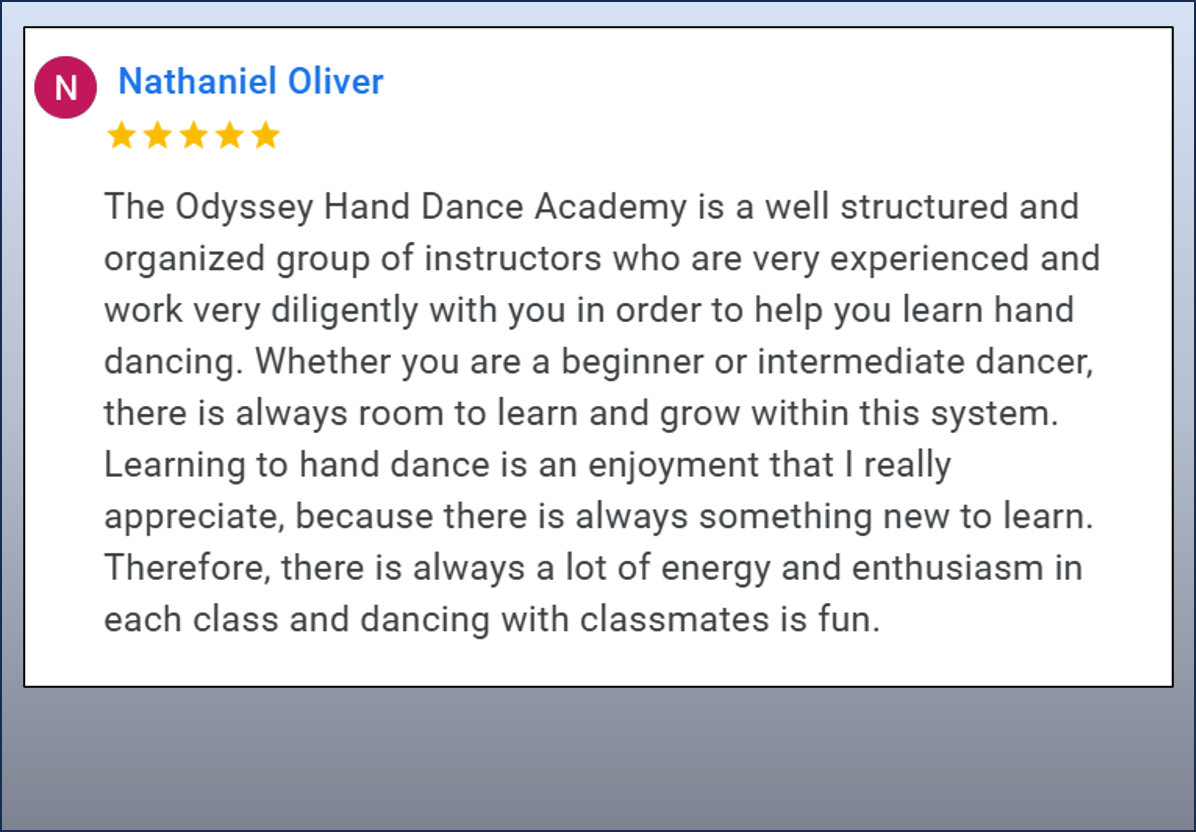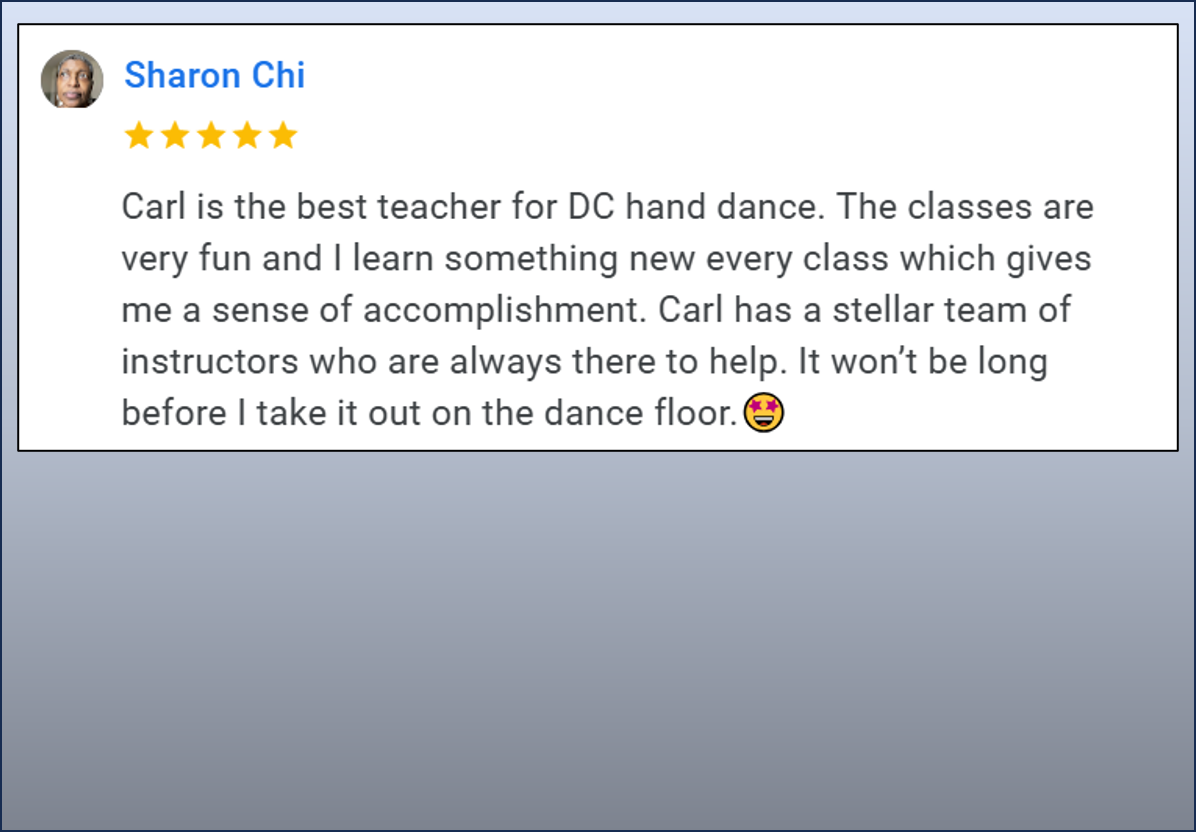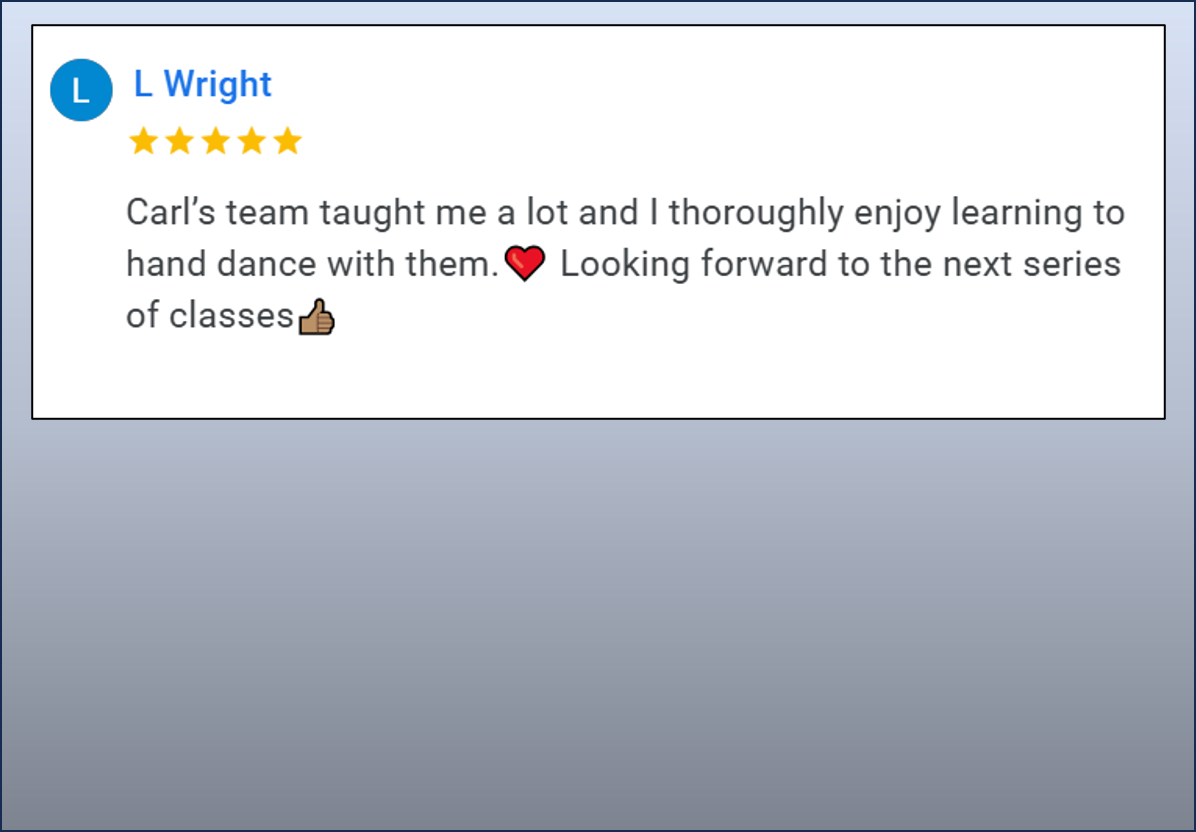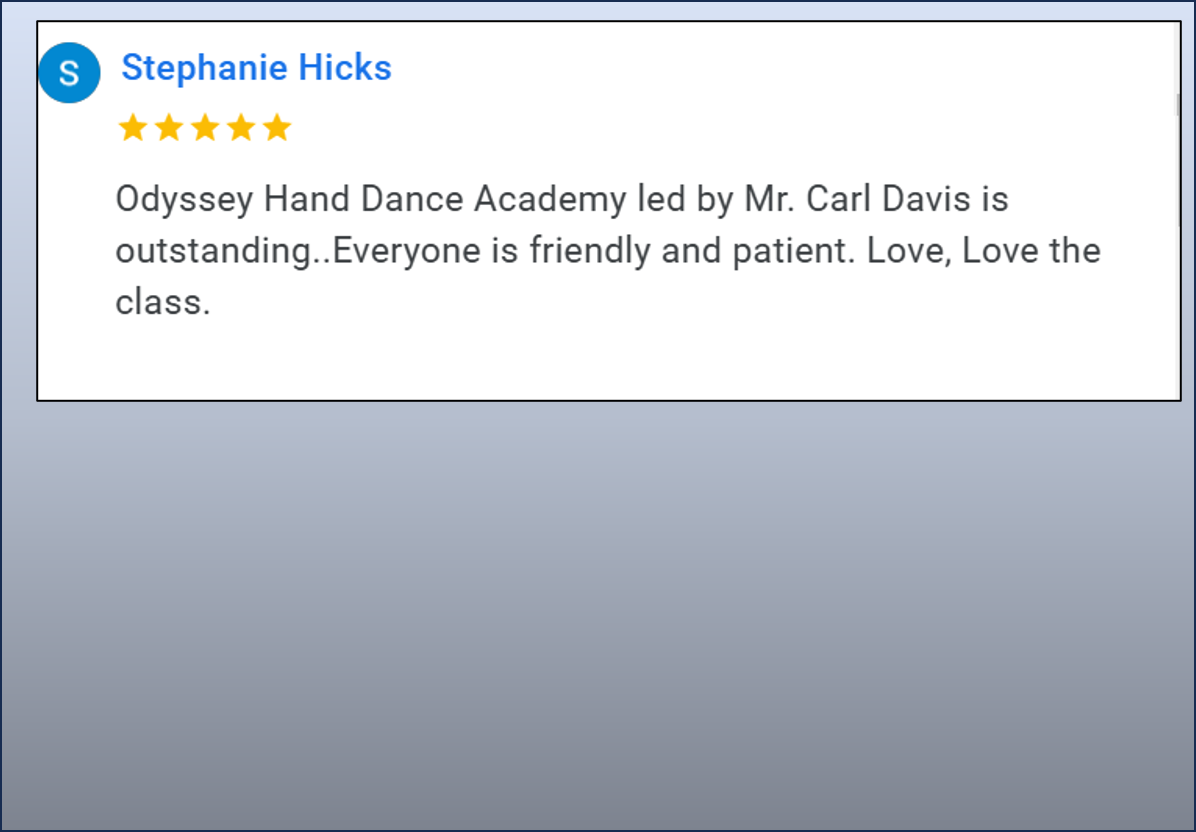Register now for new classes Starting in January
Beginner and Intermediate
what is hand dancing
Hand dancing, also known as D.C. Hand Dancing or D.C. Swing, is a form of swing dance traced back to the 1920s with roots in the Lindy Hop and the Jitterbug. The term "Hand Dance" in its simplistic form means partners dance together holding hands.
This full-contact dance incorporates delicate hand and smooth footwork movements with close-in intricate steps and turns.
Hand Dancing faded a bit during the disco era. However, it resurfaced in the 1980s in the D.C. community as they developed their unique dance style.
In 1993, the Smithsonian Institution recognized Hand Dance as an American Art Form, and the D.C. Council recognized Hand Dance as the Official Dance of the District of Columbia.
Check out our Hand Dance videos.
This full-contact dance incorporates delicate hand and smooth footwork movements with close-in intricate steps and turns.
Hand Dancing faded a bit during the disco era. However, it resurfaced in the 1980s in the D.C. community as they developed their unique dance style.
In 1993, the Smithsonian Institution recognized Hand Dance as an American Art Form, and the D.C. Council recognized Hand Dance as the Official Dance of the District of Columbia.
Check out our Hand Dance videos.
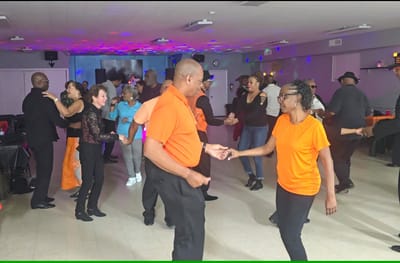
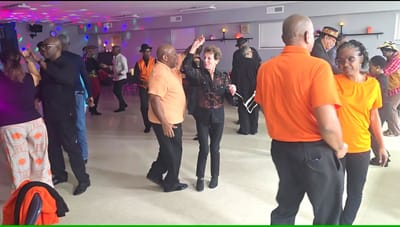
classes
Odyssey Customer Agent
Get live answers to your questions
Hand Dance Classes
Beginner and Intermediate Classes
Team Odyssey
Our team of instructors has a combined total of over 30 years of teaching experience.
Our Students
Our students come from all walks of life, all looking to learn to Hand Dance.
Class Structure
12-Class Hand Dance Sessions Beginner and Intermediate Starting at 7:30 PM
Field Trips
Social dance events to practice your new skills
contact
- 9901 Lanham Severn Rd, Lanham, MD, USA
- +1-301-704-8568 - Carl Davis
- Carl.Davis@Odyssey-hda.com
- Tuesday evenings - 7:30 - 9:30
about
Odyssey Customer Agent
Get live answers to your questions
Hand Dance Classes
Beginner and Intermediate Classes
Team Odyssey
Our team of instructors has a combined total of over 30 years of teaching experience.
Our Students
Our students come from all walks of life, all looking to learn to Hand Dance.
Class Structure
12-Class Hand Dance Sessions Beginner and Intermediate Starting at 7:30 PM
Field Trips
Social dance events to practice your new skills
dance shoes
Dance shoes improve your ability to spin and turn as you dance.
*Outside shoes are not allowed on the dance floor. You must carry in the shoes you intend to dance in.
Heavy cotton socks or slip-over shoe covers are a suitable alternative and are available for sale in class.
Ballroom shoes with a suede or felt sole are the best option for Hand Dancing. Leather-soled shoes grip the floor and don't allow for smooth Hand Dancing.
A standard ladies' dance shoe featuring a 1 to 1.5-inch Cuban heel is a popular choice. Any heel higher than 1.5 inches could be challenging for beginners. Those who prefer a flat shoe with no heel might consider a slip-on jazz shoe.
Amazon offers a wide variety of shoes for ladies and shoes for men.
Another shoe to consider is a Women/Men Standard Practice Social Dance Sneaker Beginner Ballroom Dancing Shoes.
If you're not quite ready to buy dance shoes, you can buy suede stick-on sheets to attach to a pair of shoes you already have.
*Outside shoes are not allowed on the dance floor. You must carry in the shoes you intend to dance in.
Heavy cotton socks or slip-over shoe covers are a suitable alternative and are available for sale in class.
Ballroom shoes with a suede or felt sole are the best option for Hand Dancing. Leather-soled shoes grip the floor and don't allow for smooth Hand Dancing.
A standard ladies' dance shoe featuring a 1 to 1.5-inch Cuban heel is a popular choice. Any heel higher than 1.5 inches could be challenging for beginners. Those who prefer a flat shoe with no heel might consider a slip-on jazz shoe.
Amazon offers a wide variety of shoes for ladies and shoes for men.
Another shoe to consider is a Women/Men Standard Practice Social Dance Sneaker Beginner Ballroom Dancing Shoes.
If you're not quite ready to buy dance shoes, you can buy suede stick-on sheets to attach to a pair of shoes you already have.


